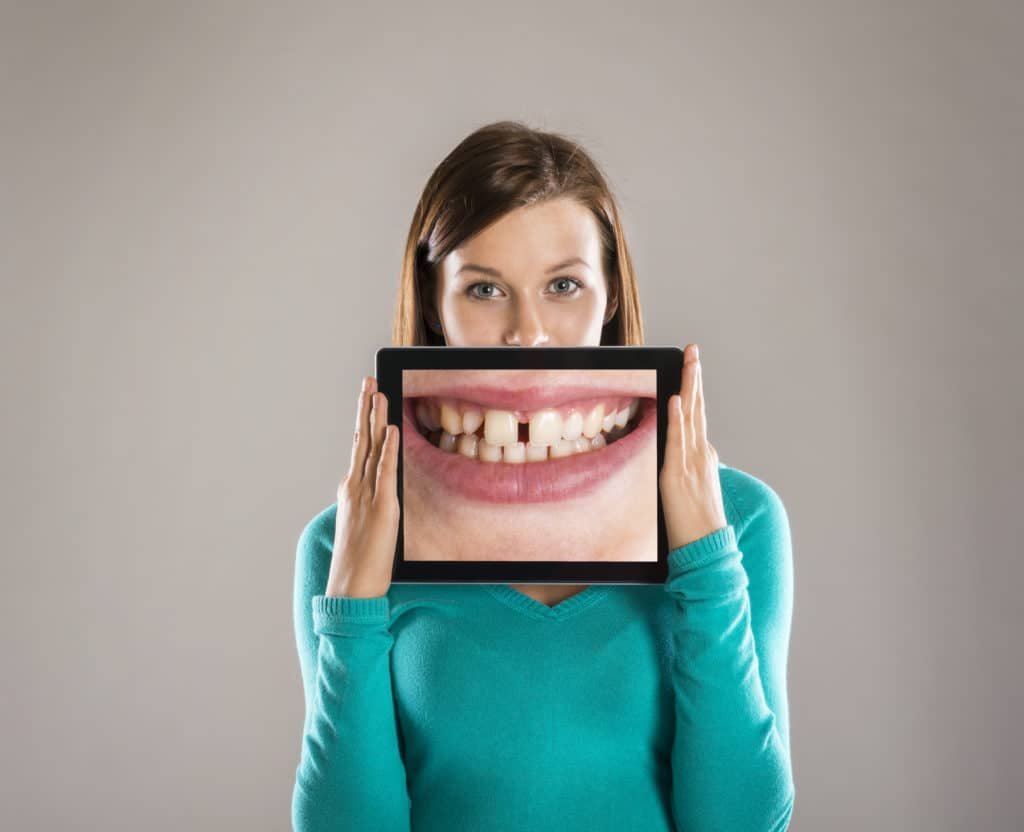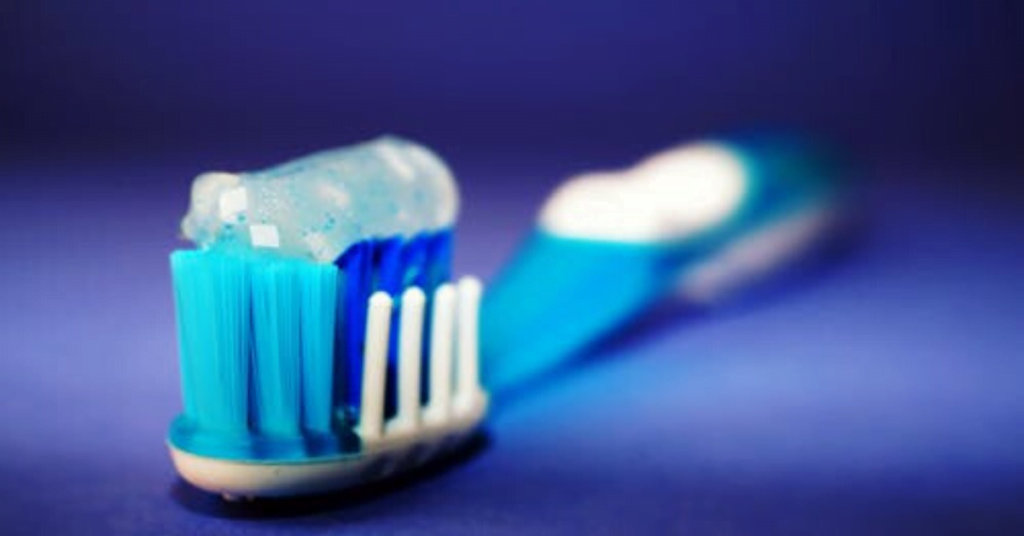It is the process of lightening the color of the teeth. Bleaching is often desirable when teeth become yellowed over time for a number of reasons, and can be achieved by changing the intrinsic or extrinsic color of teeth. Hydrogen peroxide is the most commonly used active ingredient in dental bleaching.
Tooth discoloration and staining is primarily due to two sources of stains intrinsic and extrinsic.
In general tooth whitening primarily targets those intrinsic stains which cannot be removed through scaling or oral prophylaxis.
Intrinsic stains primarily occur during tooth development either before birth or early childhood. As the age of person increases, the teeth can also appear yellower over time.
- Fluorosis
- Enamel hypoplasia
- Pulpal hyperemia
- Amelogenesis imperfecta
- Dentinogenesis imperfect
- Tetracycline staining
Methods:
- In-office bleaching
- Light accelerated bleaching
- Internal bleaching
- Tray-based bleaching
In-Office bleaching: Before treatment, the dentist should examine the patient taking health and dental history including allergies and sensitivity of the tooth. In-office bleaching dentists generally use a light-cured protective layer on the gum to reduce the risk of
chemical burns to the soft tissues. The bleaching agent is either carbamide peroxide or hydrogen peroxide itself and is applied to the tooth surface. Bleaching is most effective with the yellow discolored tooth.
Light Accelerated bleaching: Power or light accelerated bleaching uses light energy which is intended to accelerate the process of bleaching in the dental office.
Internal bleaching: it is a process that occurs after a tooth has been endodontically treated. This means that the tooth will have had the nerve tooth removed through a root canal treatment by the dentist. Internal bleaching is often sought after in teeth. which have been endodontically treated as tooth discoloration becomes a problem due to the lack of nerve supply to that tooth.
Tray based tooth bleaching: it is achieved by wearing a fitted tray containing carbamide peroxide bleaching gel for two to four hours a day. Tooth whitening can occur within three days and lighten teeth by one or two shades.
Maintenance:
Take special care during the first 2 days after the treatment as it is the most crucial period in which you must protect your teeth the most. Nonstaining drinks or foods are eaten during this time. Depending on the method used to whiten the teeth,retreatment for every six months or
after a year may be required.



